The Many Uses of Vinegar: A Simple Guide
You are in the kitchen, whipping up a delicious salad dressing, pickling some veggies, or maybe marinating your favorite meat.
What’s the secret ingredient that ties it all together?
Yep, you guessed it – vinegar!
But hold on, we are not just talking about your plain old white vinegar. There’s a whole spectrum of vinegars out there, each with its unique flavor profile and culinary superpowers.
From its ancient origins to the myriad types lining pantries, let’s explore how vinegar was discovered and why it’s not just a condiment but a kitchen wizard that elevates your dishes to new heights and serves various other purposes.
The History of Vinegar
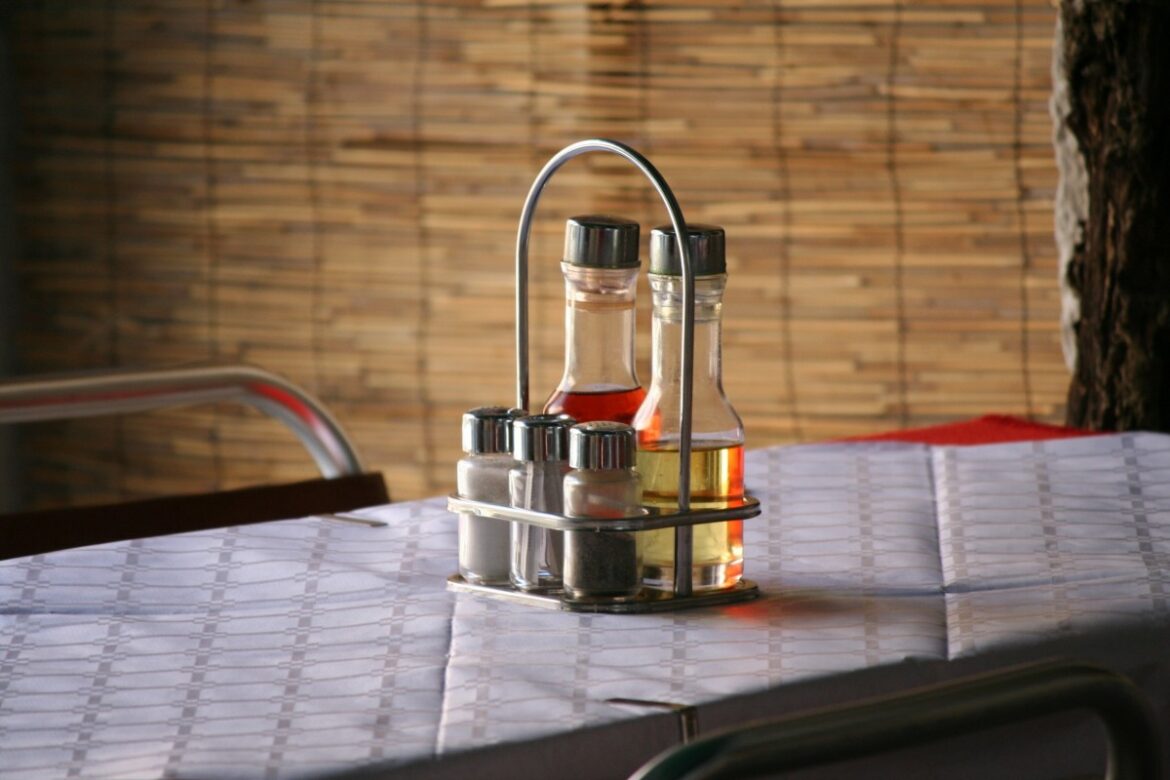
Ancient Beginnings
The word vinegar is derived from the French “vin aigre.” Meaning = Sour wine.
Vinegar was first discovered in ancient Babylon around 5000 B.C.E.
The Babylonians were onto something when they found out that leaving a beverage out in the open made from fermented dates would eventually turn it into a sour liquid. This was discovered by accident, which is why they called vinegar “the poor man’s wine.”
Jumping ahead a bit, the Egyptians caught wind of this fermentation magic around 3000 B.C.E. They used vinegar not just for culinary delights but also for medicinal and preservation purposes. Imagine
Greek and Roman Influences
The Greeks and Romans embraced vinegar with open arms. The word vinegar itself has Latin roots – “vinum,” meaning wine, and “acer,” meaning sour. These ancient cultures saw vinegar as more than just a tasty addition to their meals. They believed it possessed healing properties. Hippocrates, the father of medicine, even used it to treat wounds.
Middle Ages and the Alchemists
Fast forward to the Middle Ages, when alchemists began to play with the sour substance. They experimented with various raw materials to produce different types of vinegar. It wasn’t just about making your fish and chips tastier anymore; it was about turning base elements into gold.
The Renaissance and Culinary Delights
As we stepped into the Renaissance era, vinegar became a staple in European kitchens. France was producing around 150 flavored vinegars. Along with preserving food, vinegar became a key ingredient in enhancing flavors.
Think balsamic vinegar drizzled over ripe tomatoes in the Italian sun – a Renaissance masterpiece on a plate!
18th Century and the Age of Enlightenment
The 18th century brought enlightenment not only to the minds of thinkers but also to the methods of vinegar production. This period saw the rise of industrialization, and vinegar was no exception. Improved techniques and increased production turned this ancient condiment into a household item.
The 19th Century – Pickling and Preserving
The 19th century witnessed a pickle revolution! Vinegar became the go-to ingredient for preserving fruits and vegetables.
Modern Marvel – Apple Cider Vinegar and Beyond
Fast forward to the 20th and 21st centuries, when apple cider vinegar took the stage. This golden elixir gained popularity not just in the kitchen but also as a health tonic. From weight loss claims to skincare routines, apple cider vinegar became the jack-of-all-trades in modern households.
And let’s not forget the myriad of specialty vinegars that have flooded the market – red wine vinegar, white wine vinegar, rice vinegar, and even exotic fruit-infused varieties. The shelves are now lined with options to suit every palate and culinary creation.
Now that you know how vinegar was discovered, let’s take a look at some of the most common vinegar types:
Top 10 Common Vinegar Types
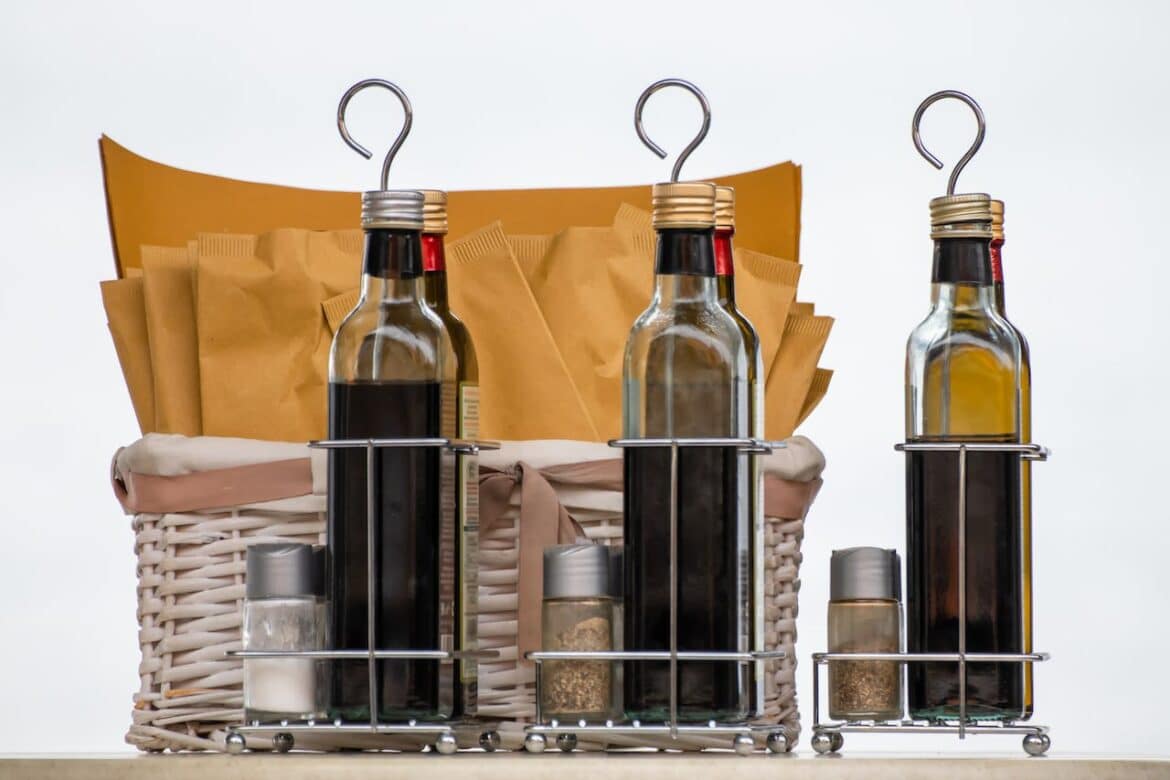
Distilled White Vinegar
Distilled white vinegar is the most common type of vinegar and is made from distilled grain alcohol. The result is a clear, colorless liquid with a tangy taste and a strong aroma. It has a potent smell and a strong flavor, which is why it is added in small doses to recipes.
- Flavor Profile: Sharp and potent
- Best Uses: Pickling and preserving, leavening baked goods, and cleaning
- Made From: Grain alcohol
Balsamic Vinegar
This dark, syrupy delight hails from Italy and is aged to perfection. Its rich, complex flavor profile with hints of sweetness and acidity makes it a staple in salads and marinades. It is even drizzled over fresh strawberries.
- Flavor Profile: Concentrated, sweet, and complex
- Best Uses: Reductions, salad dressings, and glazes
- Made From: Pressed grape juice
Apple Cider Vinegar
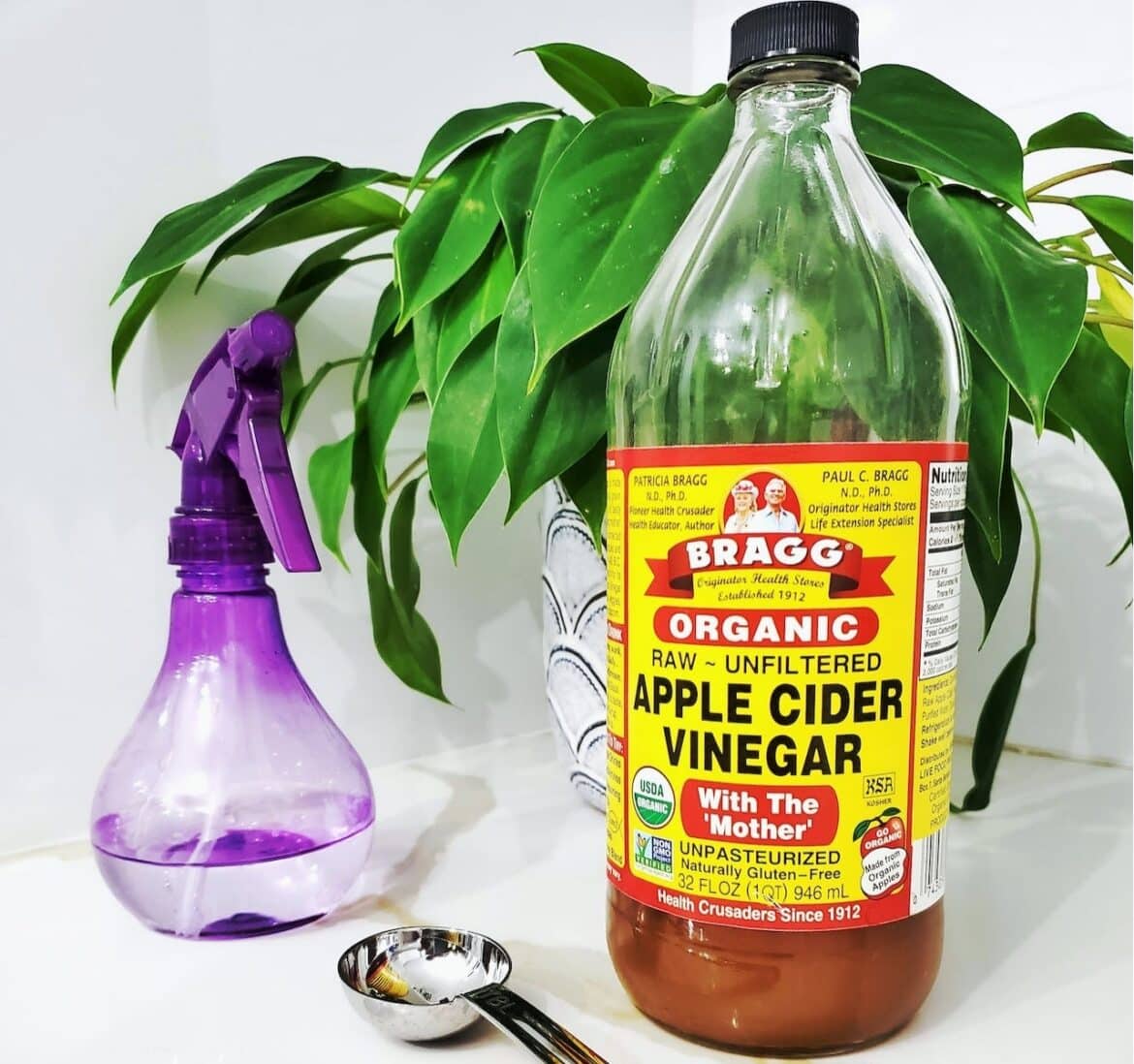
Next up, we have the all-around champion, apple cider vinegar. Not only a kitchen essential, but it’s also praised for its potential health benefits. From salad dressings to hair rinses, it’s a multitasking marvel.
- Flavor Profile: Tart and fruity
- Best Uses: Marinades, health tonics, and salad dressings
- Made From: Yeast, crushed apples, and sugar
Red Wine Vinegar
If you are a red wine enthusiast, you are going to love this one. Red wine vinegar adds a robust flavor to your dishes, making it a go-to for vinaigrettes, pickling, and marinades. It’s like a little piece of Bordeaux in every drop.
- Flavor Profile: Tangy and sweet
- Best Uses: Pickling vegetables, mignonette (condiment for raw clams and oysters), salad dressings, sauces, and marinades
- Made From: Red wine
White Wine Vinegar
White wine vinegar is not the same as distilled white vinegar. It’s lighter in flavor compared to its red counterpart, making it perfect for delicate dishes like seafood or light salads. Just a splash can elevate the taste without overpowering the other ingredients.
- Flavor Profile: Sweet and mild
- Best Uses: Salad dressings, pickling and brining, marinades, condiments, and sauces
- Made From: White wine
Rice Vinegar
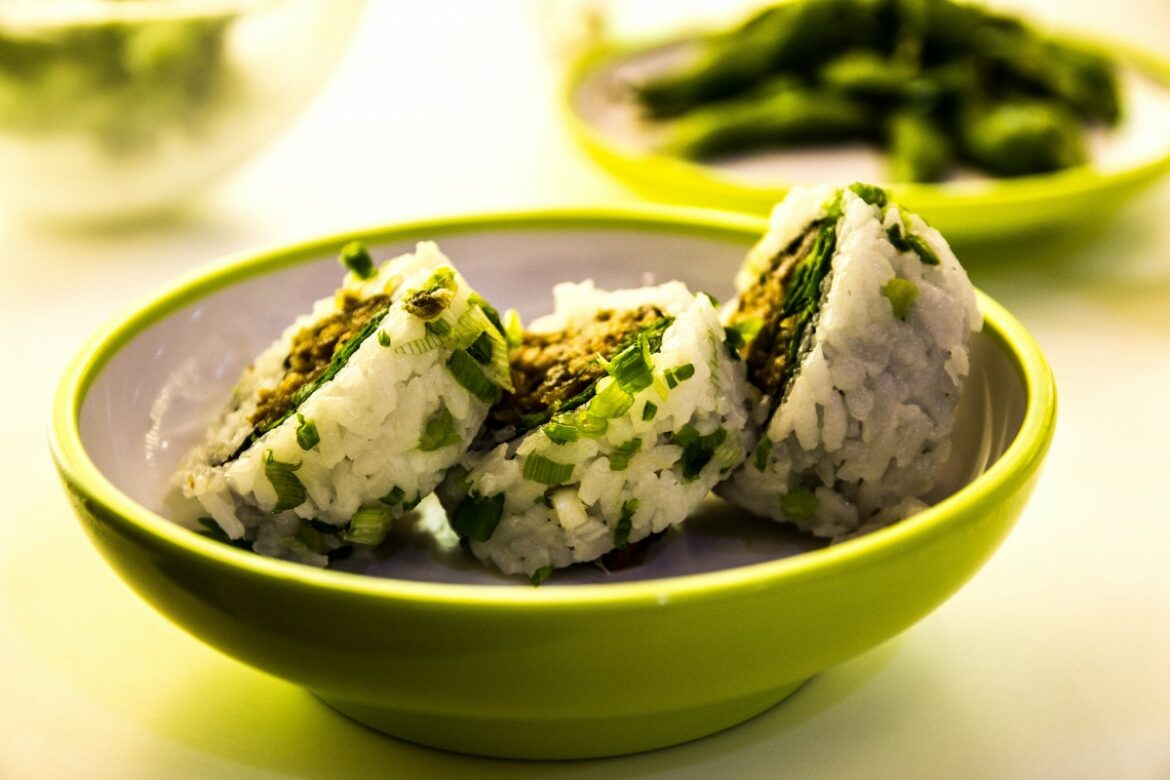
Time to venture into the world of Asian cuisine with rice vinegar. Mild and slightly sweet, it’s a staple in sushi rice, stir-fries, and Asian-inspired dressings. Its versatility makes it a must-have for anyone exploring the diverse flavors of the East.
- Flavor Profile: Sweet and delicate
- Best Uses: Marinades, salad dressings, sushi rice, and sauces
- Made From: Fermented rice
Sherry Vinegar
Aged in wooden barrels, it boasts a deep, complex flavor profile that adds depth to sauces, dressings, and even desserts. It’s the secret weapon of many top chefs around the world.
- Flavor Profile: Pungent and nutty
- Best Uses: Glazes, reductions, marinades, and salad dressings
- Made From: Fortified wine
Cane Vinegar
Often found in Southeast Asian cuisine, cane vinegar is made from crushed sugar cane. It’s slightly sweet with a mellow acidity, making it a fantastic addition to sauces, stews, and noodle dishes.
- Flavor Profile: Mellow and fresh
- Best Uses: Marinades, traditional Filipino dishes, and sauces
- Made From: Sugar cane
Uses of Vinegar
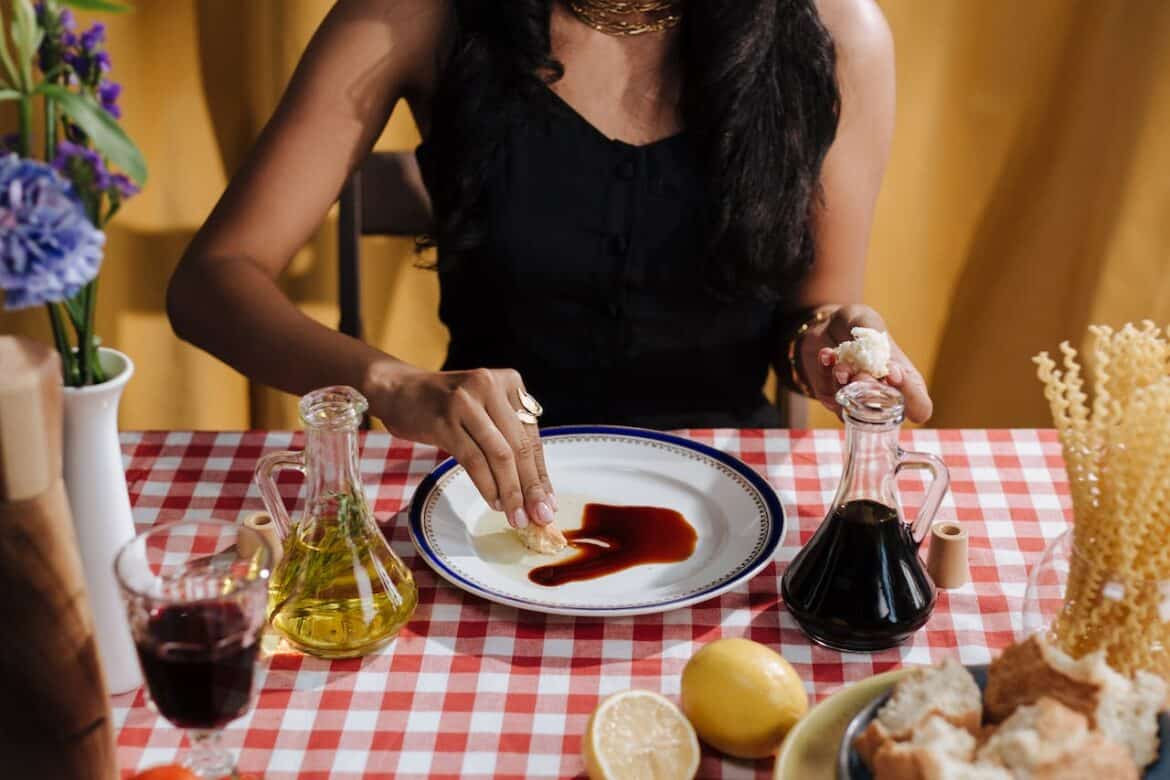
Creating Culinary Delights
We can’t talk about vinegar without giving it props for its culinary prowess. From vinaigrettes that elevate your salads to marinades that tenderize meat, vinegar is a kitchen essential. Balsamic vinegar adds a rich depth of flavor to roasted veggies, while rice vinegar brings a delightful tang to Asian-inspired dishes. The possibilities are endless – get creative!
Cleaning
Vinegar is a cleaning rockstar! Say goodbye to harsh chemicals and hello to an all-natural, eco-friendly alternative.
Mix equal parts of water and white vinegar to create a powerful all-purpose cleaner. It’s fantastic for wiping down surfaces, tackling kitchen grease, and even banishing bathroom grime. The acidity in vinegar cuts through the nasties, leaving your home sparkling clean and smelling fresh.
Removing Carpet Stains
White distilled vinegar, in particular, is your go-to guy for battling fabric stains. It’s cost-effective, eco-friendly, and doesn’t come with a cocktail of chemicals. Plus, it’s a natural deodorizer, leaving your carpet smelling as fresh as a daisy.
Grab your trusty spray bottle and mix half a cup of vinegar and two tablespoons of salt. This concoction is great for small carpet stains. Dilute the stain with the solution, let it dry and vacuum in the morning. For stubborn stains, replace salt with cornstarch. Scrub the stain with the wet mixture, let it dry for two days and then vacuum.
Clearing Drain Clogs
Vinegar, the unsung hero of household problem-solving, can work wonders on stubborn drain clogs. Its acidic nature makes it a natural enemy of the gunk and grime that love to call your pipes home.
Start by pouring a pot of hot water down the drain. Follow it up with about half a cup of baking soda and one cup of vinegar. Pour hot water down the drain again. The fizzing action is your cue that the magic is happening.
Disinfecting Cutting Board
Vinegar is a natural disinfectant with antibacterial properties that can help kill off some of those nasty germs, such as Staphylococcus, E. coli, and Salmonella that might be lingering on your board after chopping up raw meat or veggies. Plus, it’s non-toxic, eco-friendly, and won’t leave any harmful residues on your surfaces.
Reviving Fruits and Veggies
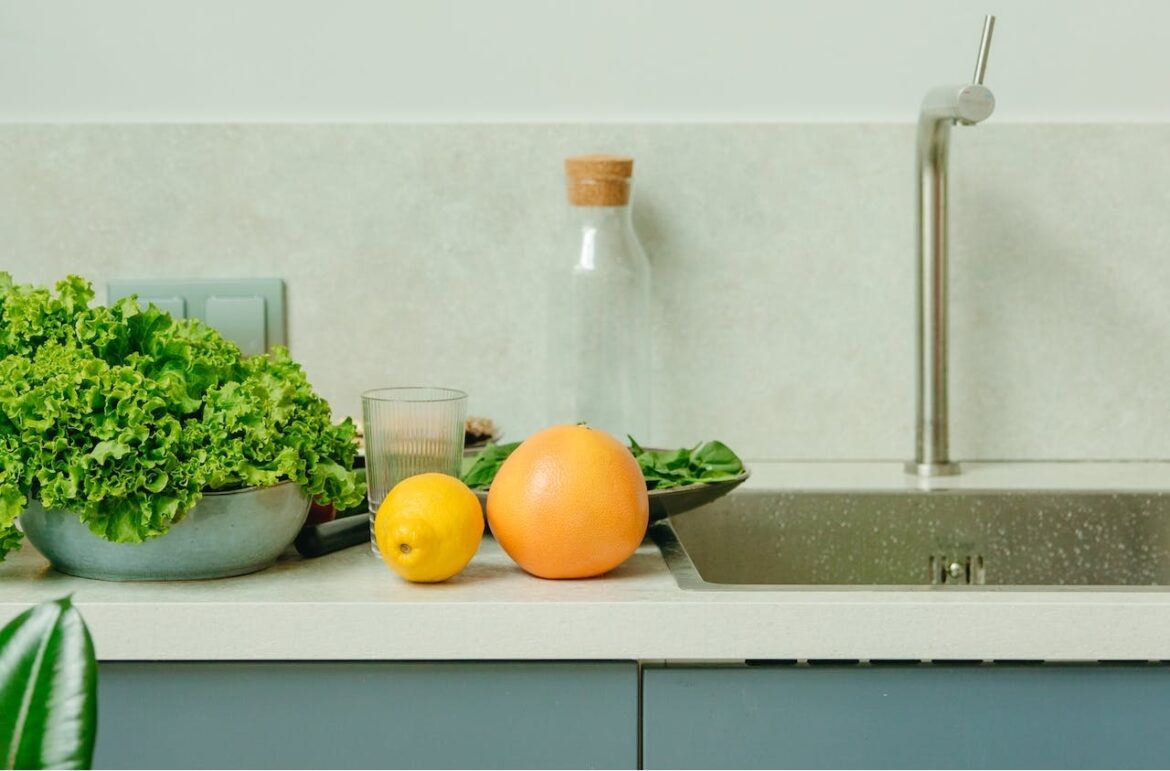
Ever brought home fresh produce only to watch it wither away in the fridge? Fear not! Vinegar can come to the rescue. Fill a bowl with water, add a splash of vinegar, and soak your fruits and veggies. This simple trick helps remove pesticides, bacteria, and wax, giving your produce a new lease on life.
Making Your Silver Shine
Vinegar’s mild acid nature makes it an excellent candidate for dissolving tarnish without damaging your precious silver pieces. Mix one cup of white vinegar with a tablespoon of baking soda in a bowl. Soak your silver jewelry in it for two to three hours and the rinse with cold water.
Odor Neutralizer
Did you burn something in the kitchen, or perhaps your home has a lingering odor that just won’t budge? Enter vinegar, the ultimate odor eliminator. Place a bowl of white vinegar in the offending area and let it work its magic. It absorbs unwanted smells, leaving behind a much more pleasant environment. No need for artificial air fresheners – vinegar has got your back!
The Insect Deterrent
Ants, fruity flies and mosquitoes invading your space? Time to whip out the vinegar! These little critters hate the strong scent of vinegar, especially the white variety.
There are two ways to get rid of them:
- Create a DIY ant spray by mixing equal parts water and white vinegar in a spray bottle. Give those ants a good spritz, and watch them reroute outside.
- Take a small bowl and pour in some apple cider vinegar. Cover the bowl with plastic wrap and poke a few holes in it. Fruit flies will be drawn to the vinegar, enter through the holes, and find themselves stuck.
Laundry Miracle
Who knew that your humble bottle of vinegar could revolutionize your laundry routine? Add half a cup of white vinegar to your washing machine during the rinse cycle. Not only does it act as a natural fabric softener, but it also helps break down detergent residue, leaving your clothes softer and smelling fresher. Moreover, it also eliminates stubborn odors from workout gear.
Garden Guardian
Vinegar can be a secret weapon in your gardening arsenal. Mix a solution of vinegar and water to create a natural weed killer. Be careful, though – it’s a potent brew, so use it sparingly to avoid harming your beloved plants.
Additionally, if you are dealing with acid-loving plants like azaleas and rhododendrons, a diluted vinegar solution can create the acidic soil they thrive in.
Pickling
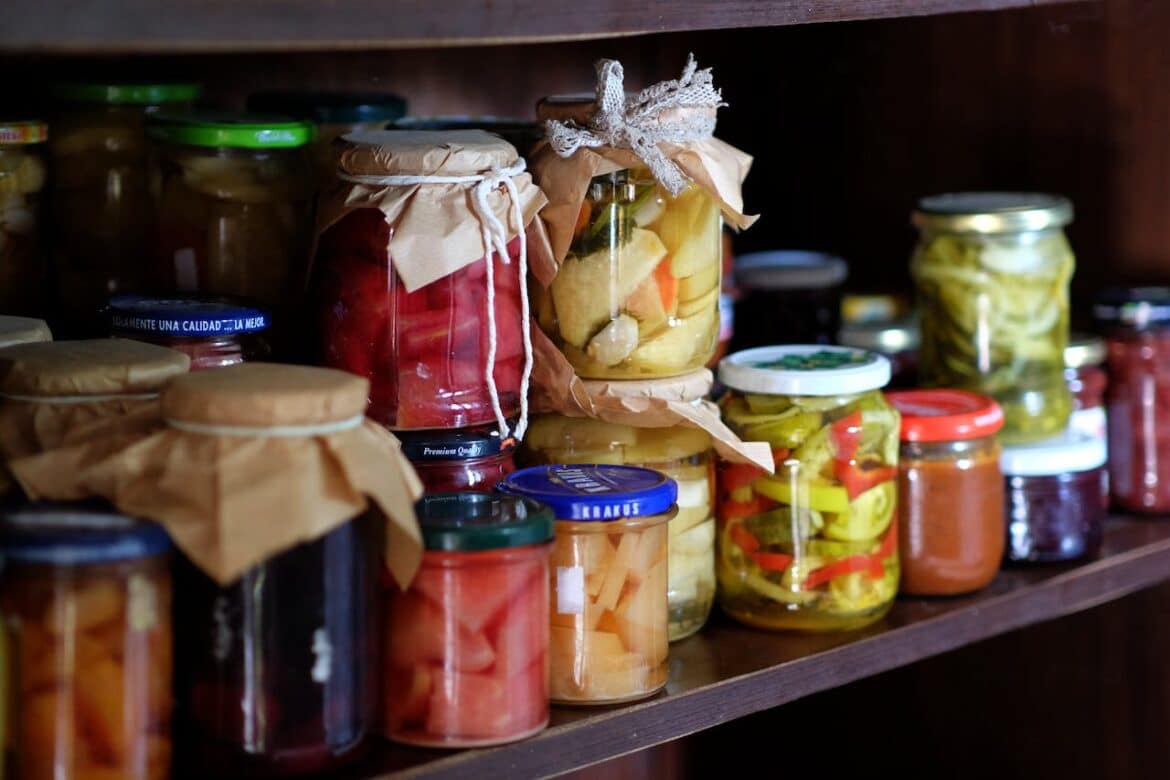
Now, let’s not forget one of the most iconic uses of vinegar – pickling! Vinegar is your go-to ingredient whether you are a fan of classic dill pickles, pickled onions, or experimenting with pickled watermelon rind. The acidity not only adds that tangy kick but also acts as a natural preservative, keeping your pickled creations fresh and delicious for longer.
Health and Beauty Boost
Vinegar isn’t just for your kitchen – it can also work wonders in your beauty routine. Create a DIY facial toner by diluting apple cider vinegar with water. Its antibacterial properties can help balance your skin’s pH, reduce acne, and leave you with a healthy glow. Do a patch test first to ensure your skin loves it as much as your salads do.
Erases Ballpoint Marks
Vinegar’s acetic acid is the secret weapon that breaks down ink without causing harm to most surfaces. It’s like nature’s own eraser! Always test a small, inconspicuous area of your wall before going all in with the vinegar. We want to avoid any surprises, right?
Cleaning Water Ring Marks
You know those pesky water ring marks that appear out of nowhere, turning your pristine wooden table into a canvas of shame? Your lazy son, who refused to use a coaster, probably made them.
The good news is that they can be easily removed. Grab a bowl and mix equal parts white vinegar and olive oil. The vinegar acts as a natural cleaner, while the olive oil helps nourish and restore the wood. Dip a soft cloth into the concoction and gently rub the mixture onto the water ring mark, following the wood grain.
Final Word
In conclusion, it’s pretty clear that vinegar is not just a condiment for your fish and chips or the secret sauce for your salad dressing. It’s a versatile powerhouse that can do wonders beyond the kitchen. From cleaning stubborn stains to boosting your health and even acting as a natural beauty aid, vinegar has certainly earned its spot as a household staple.
So, the next time you reach for that vinegar bottle, think beyond the culinary realm. Embrace its multipurpose magic and let it become your go-to solution for various everyday tasks.
Get your hands on quality vinegar from Maverick Oils. We offer various types of vinegars. For a complete list, call (888)-516-8881.


